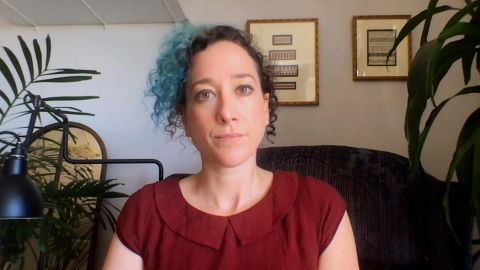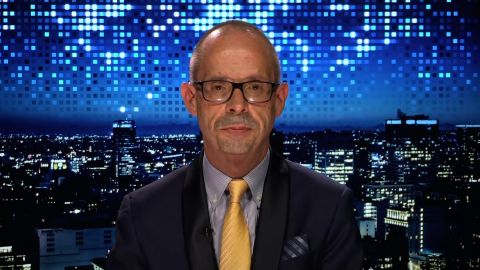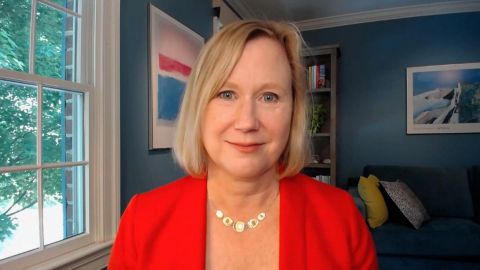Read Transcript EXPAND
SUSAN LUND, MCKINSEY GLOBAL INSTITUTE: As an economist, I have to like infrastructure. And the U.S. has underinvested in infrastructure now for several decades. So this is desperately needed. And it’s a great moment, because, as you know, there’s still many people not working who were working before the pandemic. And many of these investments in infrastructure are going to create good jobs in the short term, and they’re going to set the economy on a path for faster long-term growth.
BIANNA GOLODRYGA: And so, when we’re talking about the need for infrastructure in this country, one need look no further than the city you’re in. There was a bridge collapse earlier this week. And, obviously, we have seen the devastation in Miami with that apartment building collapse as well. We still don’t know the details yet. But for the overall picture and what I had mentioned going into this conversation, we have mixed signals from the economy. The unemployment rate is still high. It’s lower than it was at the height of the pandemic, but it’s 5.8 percent. It was 3.5 percent before the pandemic began. And yet we’re hearing employers saying they cannot find workers. So how do you make sense of all of this?
LUND: Well, there are a complex set of reasons why I think many companies are finding it hard to attract workers. Like, one factor is that many people have dropped out of the labor force, particularly women. We risk — if we don’t bring these people back into the labor force, many companies risk undoing a lot of the progress they had made on diversity and gender parity over the last few years, because the need to homeschool children, do more cooking and cleaning, and the strains of the pandemic just proved to be too much. So that’s one set of factors. In addition, I think that what companies are finding is that many people who did, were furloughed or unemployed, took the opportunity to change what they were doing. So they don’t necessarily want to go back to the same job they had. And we also see people in jobs quitting them right now to switch.
GOLODRYGA: Another conversation that people are having across the country, especially in Washington there, is inflation. Obviously, we have seen the numbers spike over the last couple of months. Inflation hit 5 percent, more than double the target rate there. Consumer prices rose 4.2 percent in April from a year earlier. That’s the biggest upswing we have seen in years. And I think, for many Americans, the last time they even heard about the word inflation, concerns about that goes back to the 1970s. And there’s a mixed consensus, I guess, debate in the country as to whether this is sort of a short-term anomaly that we’re experiencing now, as the economy is restarting, after virtually pausing for over a year, or if this is something that’s a sign to come. What do you view it as?
LUND: Well, we hope it’s transitory. And, certainly, that’s what the Federal Reserve has said. And we see it in other countries as well, by the way, China and Europe. So there are a number of factors. We have got supply chain issues. We have logistics problems.
About This Episode EXPAND
Susan Lund; Samantha Stark; John Allen; Abigail Disney
LEARN MORE



